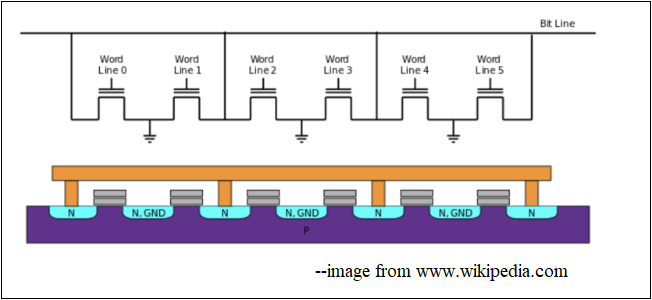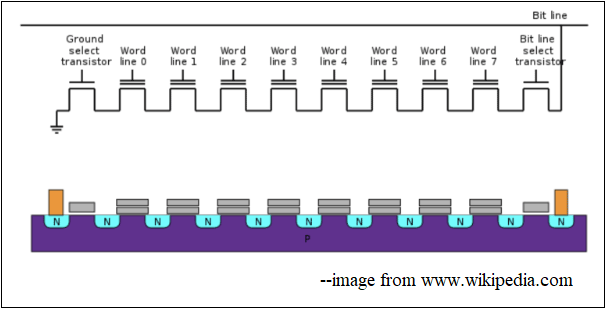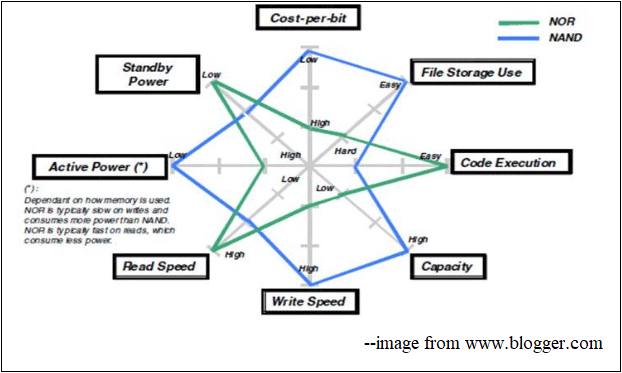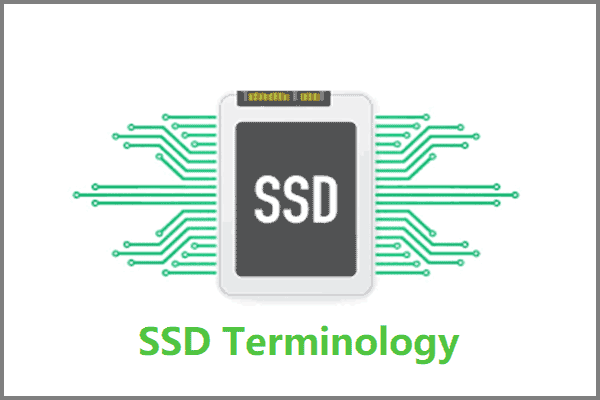Flash memory, an essential technology in modern electronics, comes in two primary forms: NOR and NAND. Each type has distinct characteristics, users are quite interested in NOR vs NAND. In this post from Partition Magic, you will find their definitions, differences, advantages, and disadvantages.
Overview of Flash Memory
Flash memory is a type of non-volatile storage, meaning it retains data even when not powered. It is widely used in various devices, from USB drives and memory cards to smartphones and solid-state drives (SSDs). Flash memory cells are made of floating-gate transistors, which store charge to represent data.
NOR and NAND are the two main non-volatile flash memory technologies on the market today. NAND and NOR flash memory are based on Complementary Metal-Oxide-Semiconductor (CMOS) technology, utilizing a series of transistors to store and retrieve data electronically. These transistors act as switches and use the principle of logic gates to efficiently store and retrieve information.
What Is NOR Flash Memory?
NOR flash memory, introduced by Intel in 1988, is named for its logical structure, which resembles a NOR gate in digital logic. NOR is a non-volatile storage technology, which means it does not require power to store data. In NOR flash, each cell is connected in parallel to the bit lines, allowing direct access to each cell. This architecture enables random access, meaning any byte of data can be read independently.

Key features of NOR flash include:
- Random Access: NOR flash’s architecture allows for true random access, making it suitable for code storage and execution. This is why NOR flash is often used in embedded systems, where quick access to firmware and software code is critical.
- Fast Read Speeds: Due to its random-access nature, NOR flash offers fast read speeds, beneficial for executing code directly from the flash memory.
However, it has some drawbacks:
- High power consumption during write and erase operations can be a drawback for battery-powered devices.
- Before writing data, you must first perform an erase operation. NOR flash memory requires that all bits in the target block be written to 0 before erasing. This makes it less suitable for applications that require frequent data updates.
What Is NAND Flash Memory?
NAND flash, introduced by Toshiba in 1989, is named for its structure resembling a NAND gate. In NAND flash, cells are connected in series, forming a string. This serial connection allows for higher storage density and lower cost per bit. Data in NAND flash is accessed in pages, typically ranging from 512 bytes to 16 KB.

Key features of NAND flash memory include:
- High Density and Low Cost: NAND flash offers higher storage density and lower cost per bit compared to NOR flash. This makes it ideal for applications requiring large storage capacities, such as SSDs, USB drives, and memory cards.
- Fast Write and Erase Speed: NAND flash has fast write and erase speeds, making it suitable for data storage applications where data is frequently updated.
- Power Efficiency: NAND flash generally consumes less power during write and erase operations compared to NOR flash, making it a better choice for battery-powered devices.
However, it still has some limitations.
- NAND flash’s architecture does not support true random access. Data must be read in pages, and accessing individual bytes can be slower and more complex. This limitation makes it less suitable for code execution.
- Managing NAND flash requires more complex algorithms and controllers to handle wear leveling, bad block management, and error correction.
NOR vs NAND and Their Applications
The performance of NOR vs NAND is affected by several factors.
Access and Transfer Speed
NOR flash memory provides fast read speed and can directly access any byte, while NAND flash memory reads data in a sequential manner, requires access to the entire page, and has a slower random access read speed.
However, NAND flash memory performs well in write and erase operations. Each cell of NOR flash memory must be addressed individually, so write and erase operations are slower.
Endurance
NOR flash memory typically offers greater endurance than NAND flash memory, meaning it can withstand more erase/write cycles before failing. This is because NOR flash memory uses a single memory cell to store data, while NAND flash shares memory cells across multiple pages. This means that each cell in NAND flash memory is subject to more wear and tear than NOR flash memory.
Power Consumption
NAND flash generally consumes less power during write and erase operations because data is managed in larger blocks. While NOR flash consumes more power during write and erase operations because each cell is individually addressed.
Cost and Density
NOR flash is more expensive on a per-bit basis due to its complex architecture and lower storage density. The parallel architecture results in lower storage density, making NOR flash less suitable for high-capacity storage needs.
NAND flash offers a lower cost per bit, making it more economical for high-capacity storage applications. The serial connection allows for higher storage density, enabling the creation of large-capacity memory devices like SSDs and memory cards.

Due to these differences, NOR flash memory is used in bootloaders, firmware, and other low-density memory applications. Moreover, NOR is more suitable for fast reading of small amount of data, making it preferable in microcontrollers, which are used in many embedded systems, such as appliances, automobiles, and medical devices.
On the other hand, NAND flash is widely used in applications where high storage capacity and fast write speeds are essential. These applications include SSDs, smartphones, tablets, digital cameras, and portable media players. And NAND is also used in large-scale data centers and enterprise storage solutions.
Bottom Line
NOR and NAND flash memory serve distinct purposes in the world of electronics. In this post, we discussed NOR vs NAND. By understanding their differences, advantages, and limitations, I hope you can make informed decisions for your specific needs.


User Comments :